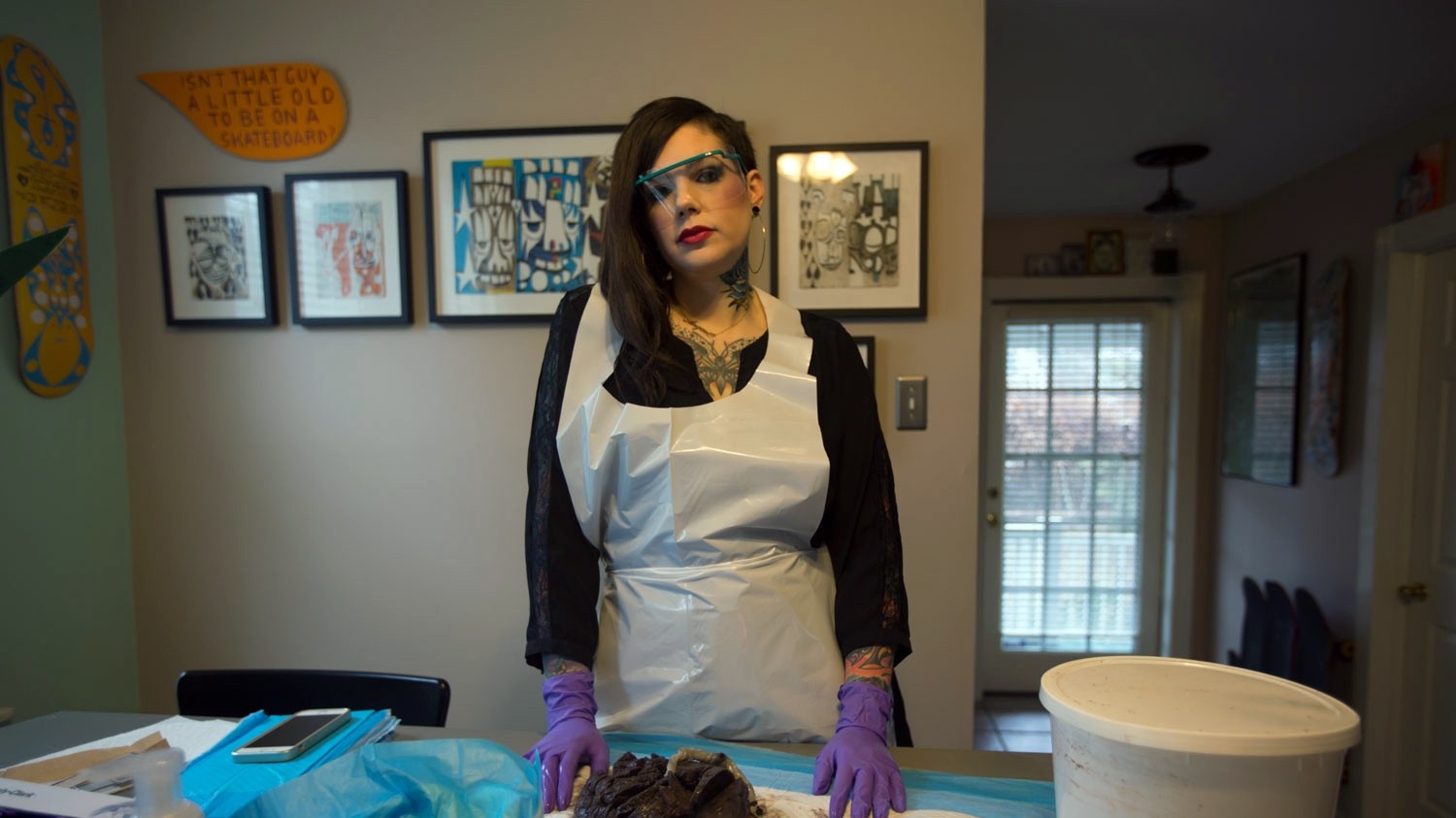The Texas death chamber in Huntsville, TX, June 23, 2000 where Texas death row inmate Gary Graham was put to death by lethal injection on June 22, 2000. (Photo by Joe Raedle/Newsmakers)
Texas has long been the heartland of the death penalty in America. Since capital punishment was reinstated by the Supreme Court in 1976, the Lone Star State has executed 538 people—more than the next top six states combined.But 2016 saw a precipitous drop in the number of executions in the state. Thanks in part to new judicial scrutiny of death sentences, just seven Texans were executed this year, the fewest since 1996.For the first time since 2001, Texas is not the most execution-happy state in the country—that grisly title belongs to Georgia, which executed nine people. This is the first year since 1984 that Texas didn't execute a single black person. And juries sentenced just three new Texas defendants to death for the second year in a row.The data was highlighted in a report released Thursday by the Texas Coalition to Abolish the Death Penalty."The death penalty landscape in Texas continues to change dramatically," said Kristin Houlé, the coalition's executive director. "Prosecutors, juries, judges, and the public are subjecting our state's death penalty practices to unprecedented scrutiny and, in many cases, accepting alternatives to the ultimate punishment."The Texas numbers mirror a nationwide downturn in executions and death sentences. Around the country, 20 people were executed in 2016, the lowest state-sanctioned body count since 1991. (No more executions are scheduled to take place between now and the end of the year in any state, according to the Marshall Project.) The trend represents one of the more powerful products of a nationwide criminal justice reform wave that ran aground this November with the election of Donald Trump but seems likely continue at the local and state levels in the years to come.One way to understand the decline is by looking at the people on death row who weren't executed. The Court of Criminal Appeals—the highest criminal court in the state—granted stays of execution to seven people who were scheduled to die this year, a higher number than normal: From 2012 through 2014, the court only granted three stays, according to the coalition."The rising number of stays suggests that the Court of Criminal Appeals is registering the concerns about the fairness and accuracy of our state's capital punishment system," Kathryn Kase, executive director of the nonprofit criminal justice legal group Texas Defender Service, told me in an email. "These stays give the court opportunities to remedy the failures of past death penalty practices for which Texas has been roundly criticized."In several of the cases where inmates received stays, the court leaned on a 2013 state law that gives inmates whose convictions were based on discredited science the opportunity for a new trial. Reformers say the law is among the most progressive in the country at fighting junk science in the courtroom.Charles Flores was sentenced to death in 1999 for a murder in a Dallas suburb based largely on the testimony of a single eyewitness who was hypnotized by police officers trying to help her regain her memory. The court stayed his execution in May after hearing expert testimony that hypnosis can actually lead witnesses to believe in false memories. And in 2003, Robert Roberson was convicted of killing his two-and-a-half-year-old daughter based on a scientific theory known as shaken baby syndrome—the idea that certain symptoms in a dead child conclusively prove they were violently shaken to death. Four medical experts testified this year that the theory had been debunked, and new research suggested Roberson's daughter could have died of a fall. The court stayed his execution in June.Gregory Gardner, an attorney who represented two Texas death row defendants who received stays of execution this year—and a third client who was executed—believes the junk science law to be a powerful tool for defendants. "It shows how many convictions in the late 90s and the turn of the century were based on this crappy science that's been discredited," he said. "It's scary because we know people in Texas have been executed because of it in the past."
Meet the Internet's Most Famous Coroner:
Of course, just because executions are down doesn't mean the ones taking place aren't still controversial. According to the anti-death penalty coalition's report, almost half of the people executed in the state in the last two years had a significant mental impairment.Similarly, the fact that Texas didn't execute any black people this year doesn't mean the death penalty is suddenly race-blind. All three of the Texas defendants sentenced to death in 2016 were black, and 80 percent of new death sentences in the state over the last five years have been imposed on people of color. Research has also consistently shown that murders of white victims are more likely to result in a death sentence than murders of minority victims."I think it's a good and positive fact that no one was put to death that was African American this year," said Gary Bledsoe, the president of the state NAACP chapter. "But we still have biases in jury selection, in the evidence that's allowed in—we still have a state that has been too inclined to put people of color to death."And it's possible that Texas's slump in executions won't last. The state has already scheduled nine executions in the first six months of 2017. Even so, the reduction in new death sentences may augur a future where seven executions a year isn't celebrated as a noteworthy dip, but questioned as a macabre reality."The courts are finally being more careful with these cases," Gardner told me. "We've seen the number of death sentences plummet, and I think that trend will continue."Follow Casey Tolan on Twitter.
Advertisement
Advertisement
Advertisement
Meet the Internet's Most Famous Coroner:

Of course, just because executions are down doesn't mean the ones taking place aren't still controversial. According to the anti-death penalty coalition's report, almost half of the people executed in the state in the last two years had a significant mental impairment.Similarly, the fact that Texas didn't execute any black people this year doesn't mean the death penalty is suddenly race-blind. All three of the Texas defendants sentenced to death in 2016 were black, and 80 percent of new death sentences in the state over the last five years have been imposed on people of color. Research has also consistently shown that murders of white victims are more likely to result in a death sentence than murders of minority victims."I think it's a good and positive fact that no one was put to death that was African American this year," said Gary Bledsoe, the president of the state NAACP chapter. "But we still have biases in jury selection, in the evidence that's allowed in—we still have a state that has been too inclined to put people of color to death."And it's possible that Texas's slump in executions won't last. The state has already scheduled nine executions in the first six months of 2017. Even so, the reduction in new death sentences may augur a future where seven executions a year isn't celebrated as a noteworthy dip, but questioned as a macabre reality."The courts are finally being more careful with these cases," Gardner told me. "We've seen the number of death sentences plummet, and I think that trend will continue."Follow Casey Tolan on Twitter.
